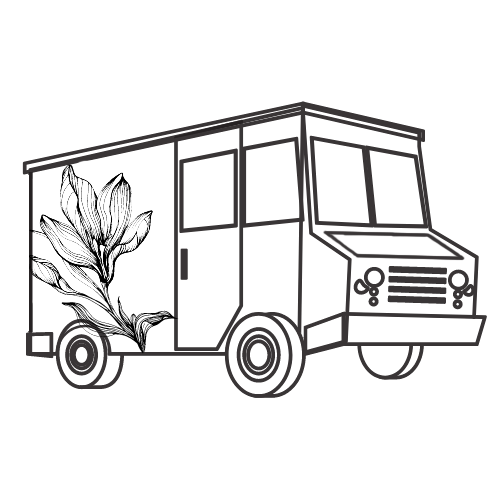
Sourwood
Oxydendrum arboreum
1 Gallon | Hardiness Zones 5-8
Sourwood is a beautiful deciduous tree that is pyramidal when grown in the open. It is native to the eastern United States on well-drained acid woodland soils.
It is in the family with azaleas and blueberries and produces sprays of showy summer flowers consisting of little white bells from which bees produce the famous Sourwood Honey.
The tree is also valued for its beautiful red fall color which colors early in the season. This tree is a handsome but slow growing ornamental suitable for well-drained acid soils that are not too dry.
Avoid having grass or competing vegetation around tree and under canopy and provide mulch.
Pickup currently unavailable at Aiken Nursery
Schedule Delayed Shipping in your Cart
Plant Specs
- Zones: 5 - 8
- Sun: Full Sun and Part Shade
- Soil: Well-drained and Acid
- Height at Maturity: 30 - 50 Feet
- Spread at Maturity: 15 - 25 Feet
- Growth Rate: Slow
Deciduous
Flower/Foliage
White, urn-shaped, fragrant, summer
Care Info
Here’s a closer look at how we produce our plants:
From rooting to shipping, our top priority is ensuring you receive healthy, thriving plants for your garden’s success.

The majority of our plants are carefully cultivated from rooted cuttings, while we also utilize propagation methods such as seed, air layering, and grafting, thoughtfully chosen to suit each plant’s unique needs.

Our plants are cultivated using sustainable practices, including organic soil blends and eco-friendly pest management, ensuring they thrive while minimizing environmental impact.

We are proud to contribute to local biodiversity through ongoing donations to the Aiken Arboretum and support for local wildlife conservation efforts, helping to preserve and enhance our community’s natural ecosystems.
Frequently Asked Questions
What to expect upon delivery
All our plants are sold in 1-gallon sizes, though the height of each plant can vary depending on its growth rate and seasonality, typically ranging from 1/2 to 2.5 feet.
Each plant is carefully packaged with its roots enclosed in a secure plastic bag containing moist soil, forming a compact root ball. To ensure safe transport, the box is padded with recycled newspaper, providing both stability and eco-friendly protection from weather during shipping.
What is your return policy?
Review our full return policy information on our SHIPPING AND RETURNS POLICY page.
What payment methods can I use?
We offer 35 different payment methods including major providers like Mastercard, Visa, PayPal, American Express and Diners as well as many different local payment methods including Klarna, iDEAL, AliPay, Sofort, giropay, and many more.
Can I make changes to my order after it’s been placed?
At Woodlanders, we strive to fulfill orders as quickly as possible. Therefore, we can only accommodate changes to your order within the first 24 hours after it has been placed. These changes include adding or removing products and modifying the delivery address. If you need to make any changes or if there has been a mistake with your order information, please reach out to us promptly via our CONTACT page with your order number for the quickest resolution.
Your satisfaction is our priority, and we appreciate your understanding and cooperation.


